-
×
-
×
-
×
-
×
-
×
-
×
-
×
-
×
-
×
-
×
-
×
Subtotal: £408.93


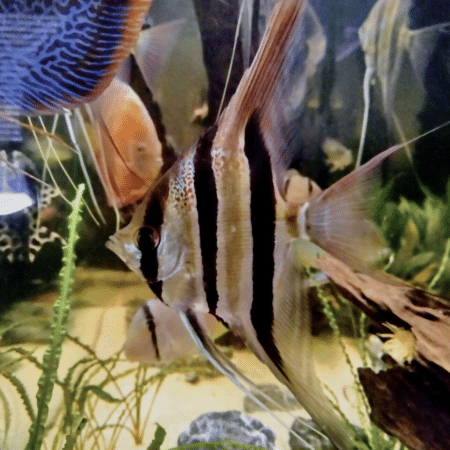

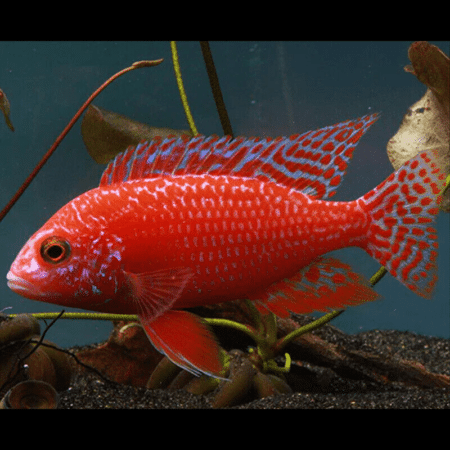



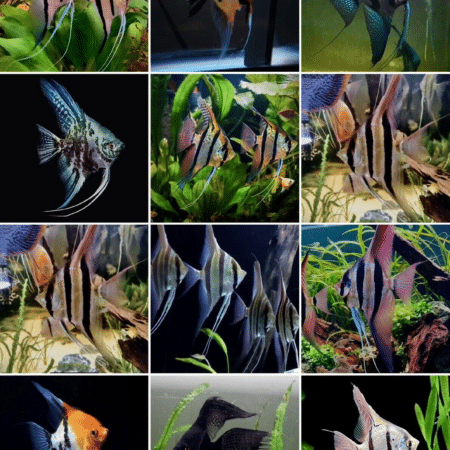

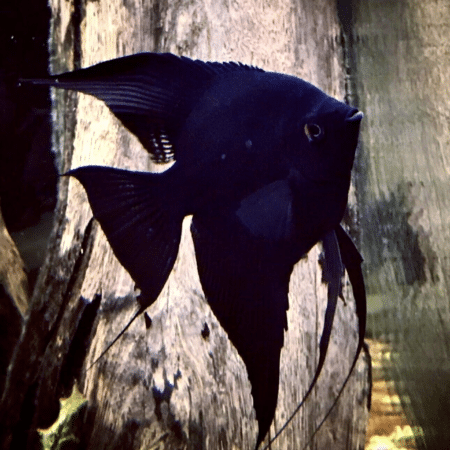
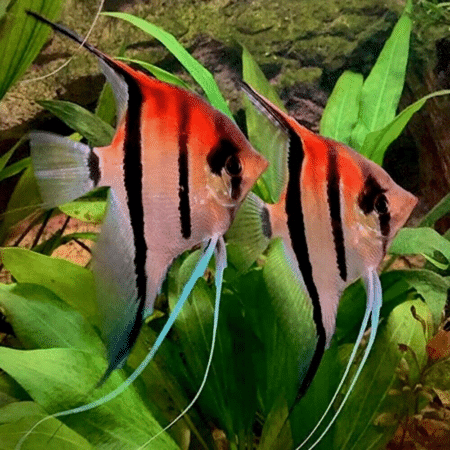

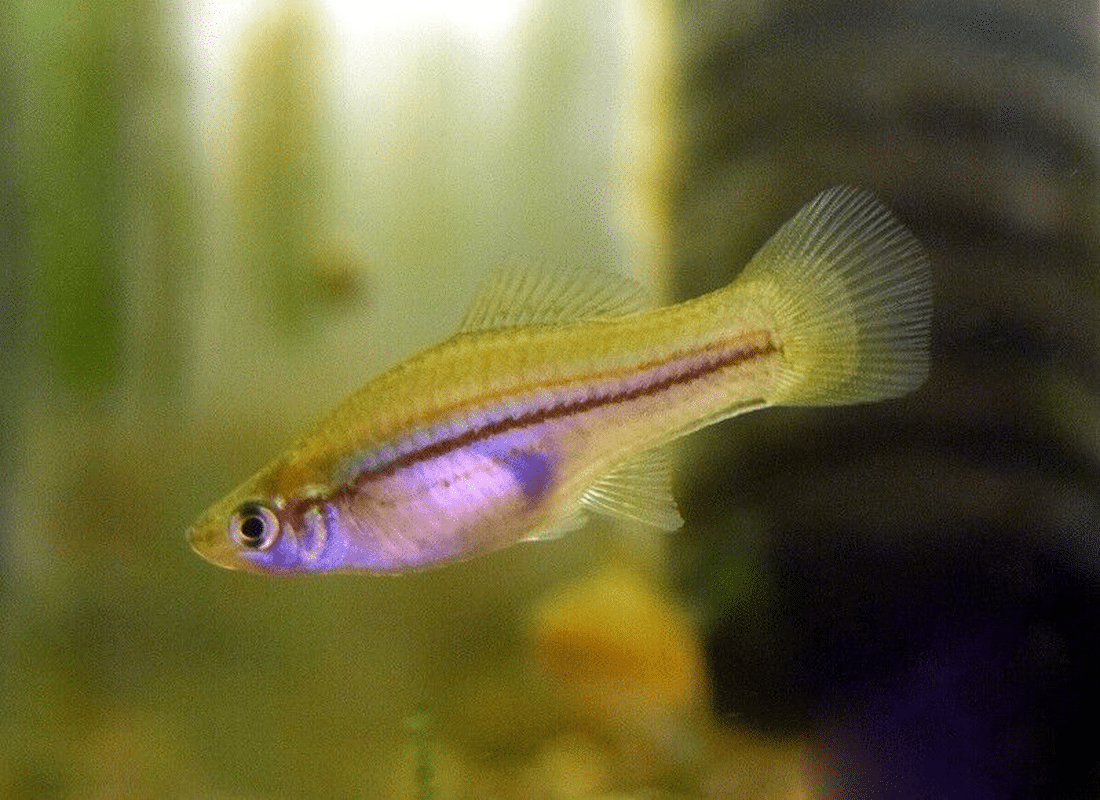
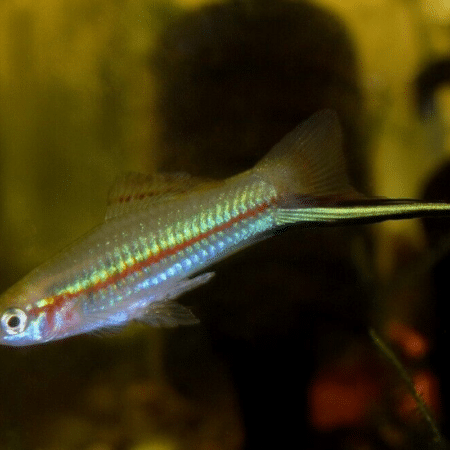
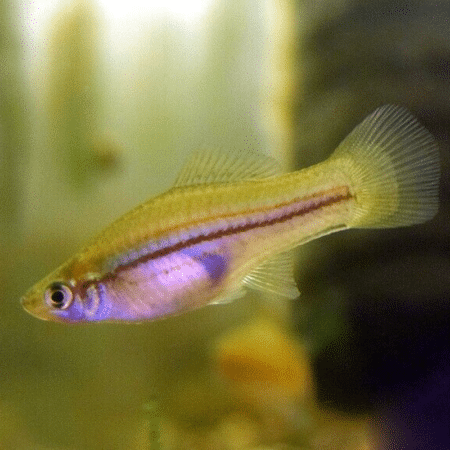
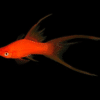












Emily Carter (verified owner) –
I recently added a pair of Xiphophorus Hellerii ‘Veracruz’ to my 30-gallon community tank, and I couldn’t be happier! These wild swordtails are absolutely gorgeous, with their vibrant colors and elegant tails. After a week of monitoring their acclimation, they settled right in and quickly established their territory. I’ve kept guppies and platies before, but these swordtails have such unique personalities; they really stand out! It’s wonderful to see them interact, and they are quite friendly and not aggressive at all.
I did notice a slight increase in swimming activity compared to my previous fish, which has been delightful to watch. They seem to thrive on a varied diet that includes high-quality flakes and some live food occasionally – it’s really important for their health! One minor concern is that they do require a bit more space than smaller fish, so ensure you have a larger setup for them.
Overall, I highly recommend these wild swordtails for anyone looking to add a stunning addition to their freshwater fish collection. They are perfect for community tanks and add such character! I plan to get a few more in the future. Happy fishkeeping!